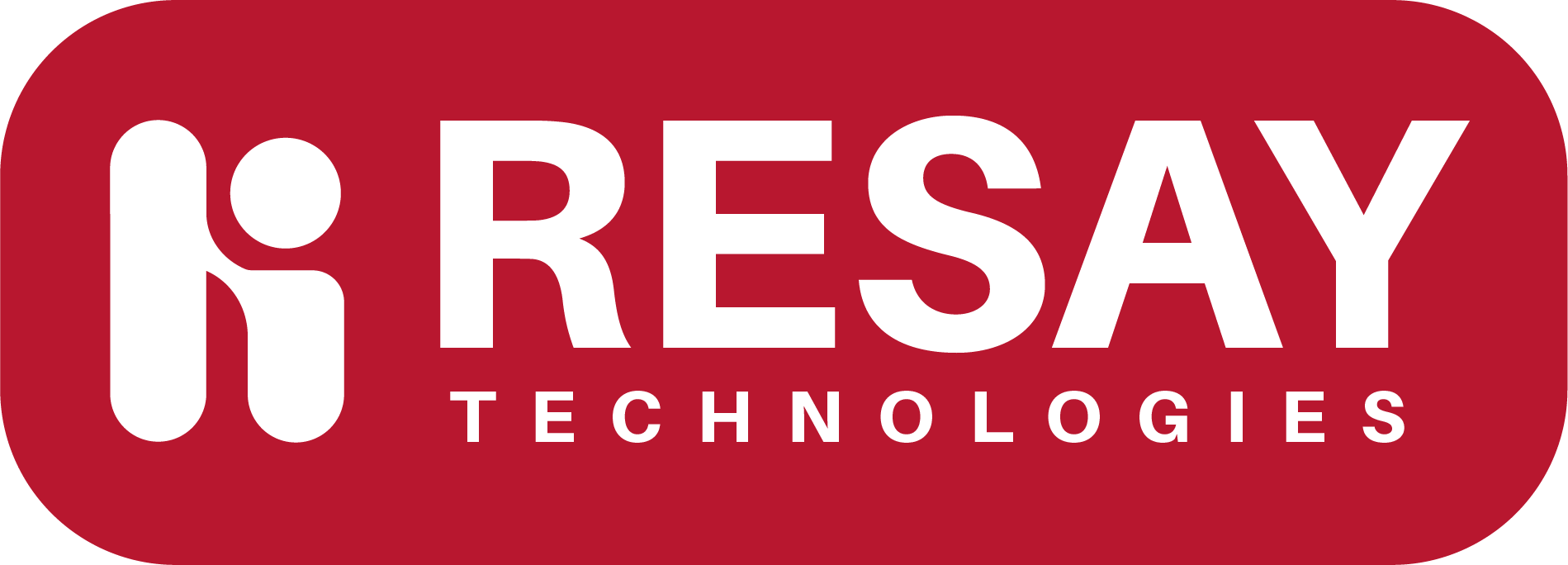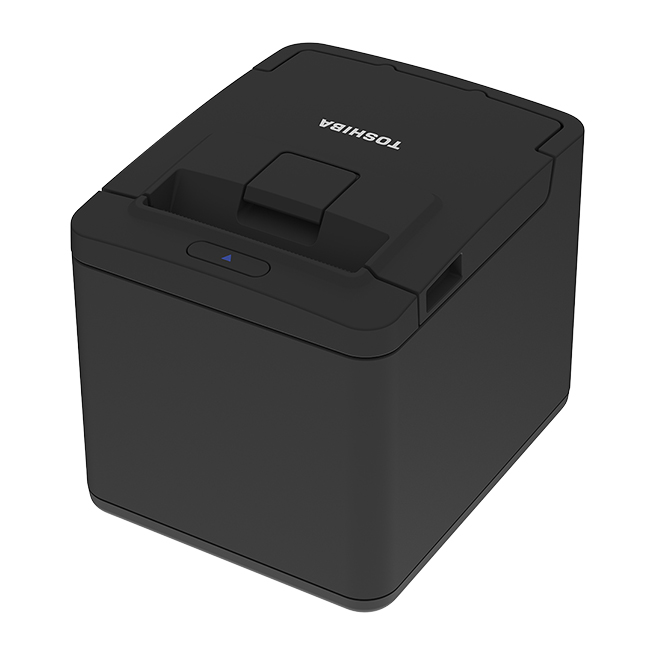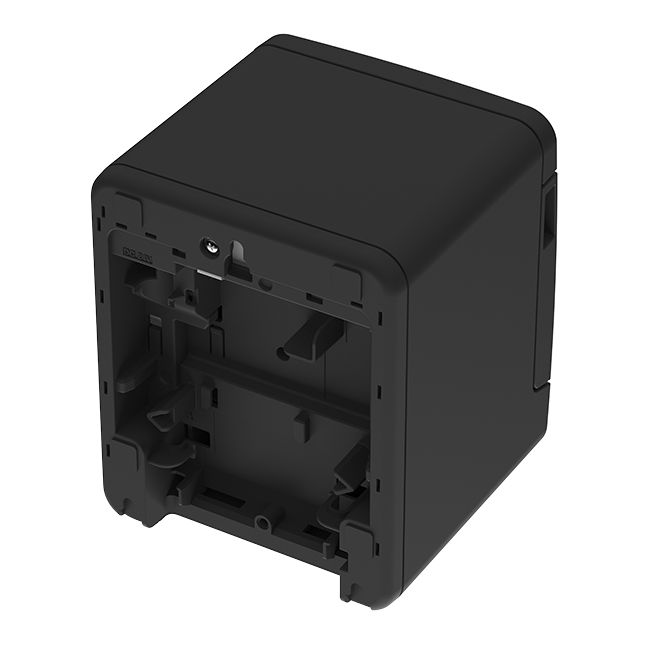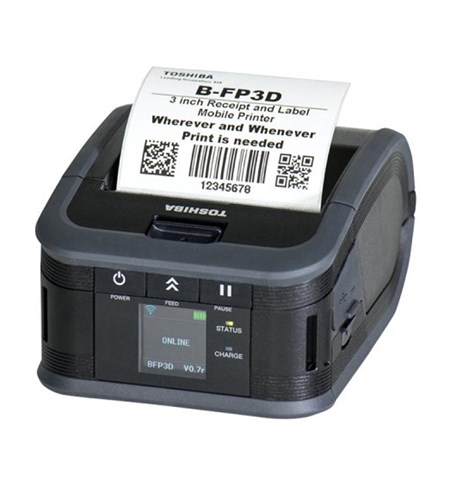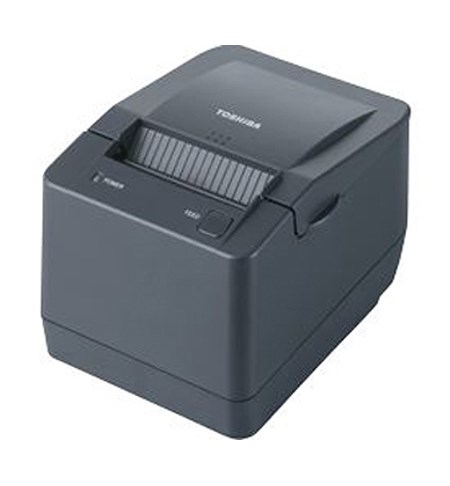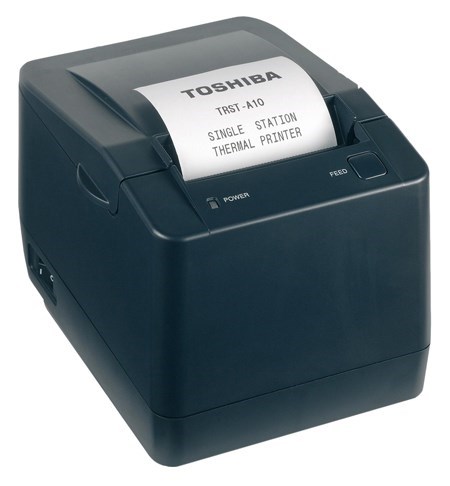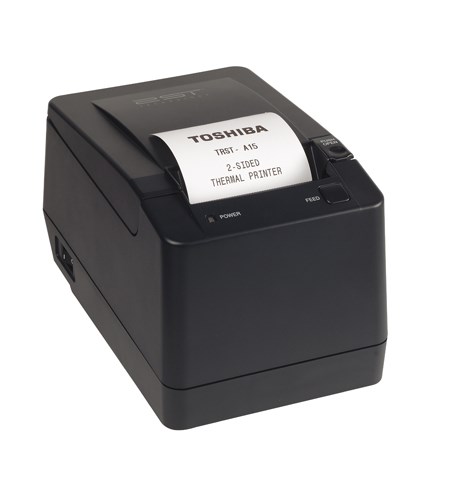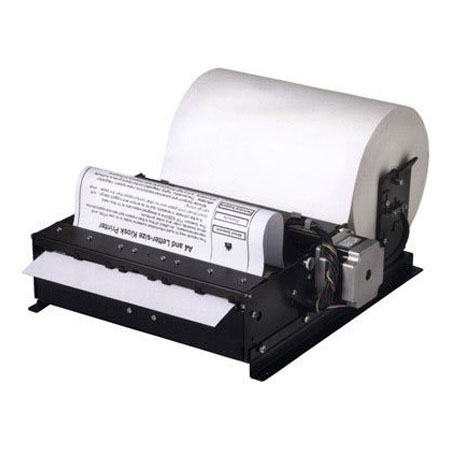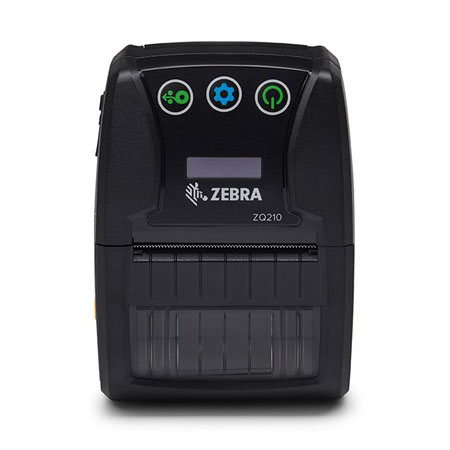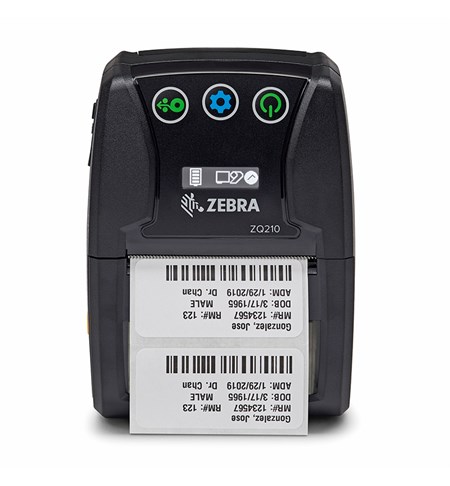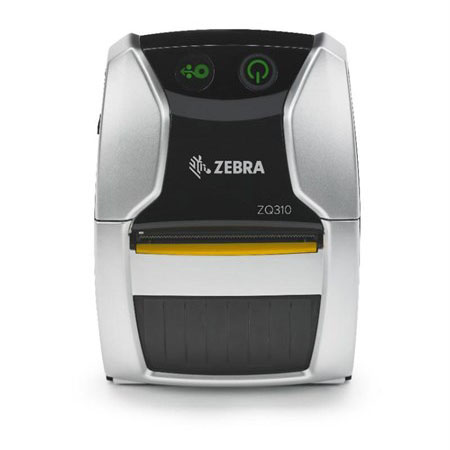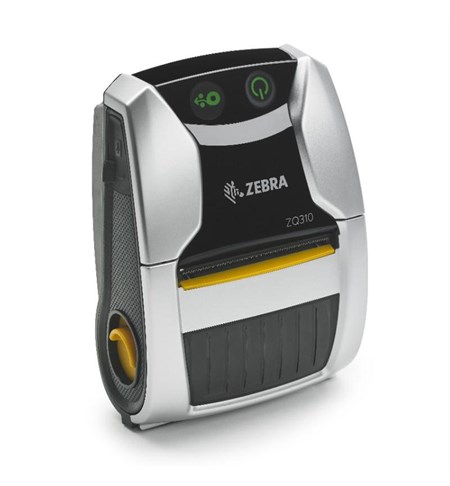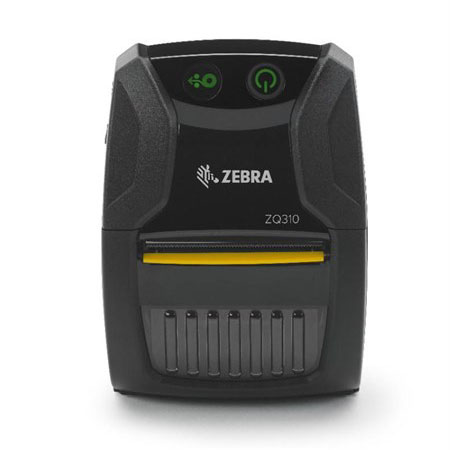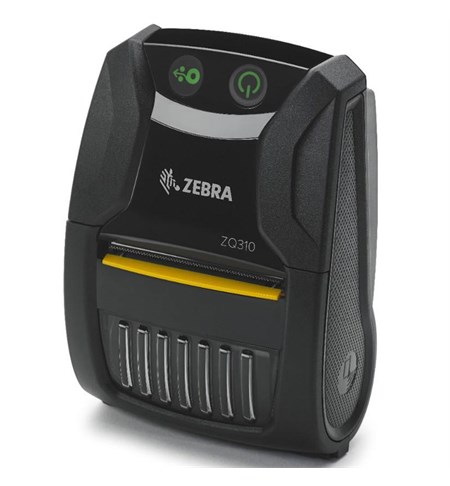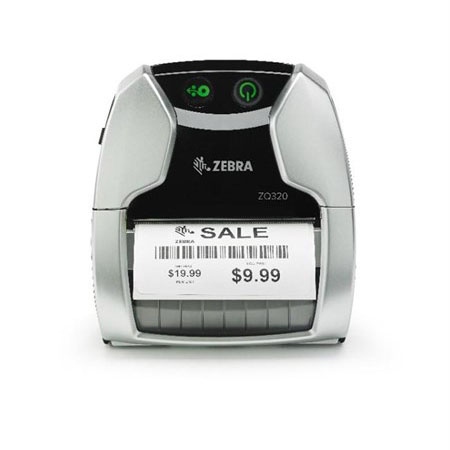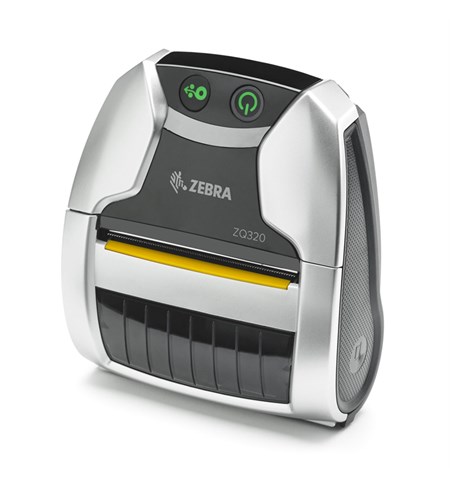Kiosk receipt printers are specialized printing devices designed for integration into self-service kiosks and automated machines. These printers play a crucial role in providing transaction receipts, tickets, and other printed information in various self-service applications. Here are key aspects associated with kiosk receipt printers:
- Compact and Integration-Friendly:
- Kiosk receipt printers are compact and designed for easy integration into self-service kiosks, vending machines, ATMs, and other automated systems. Their form factor allows them to fit seamlessly within the confined spaces of kiosk enclosures.
- Printing Technologies:
- These printers commonly use direct thermal or thermal transfer printing technologies. Direct thermal printing is suitable for applications where receipts have short-term usability, while thermal transfer is used for more durable and long-lasting prints.
- Print Speed:
- Kiosk receipt printers offer varying print speeds, enabling quick and efficient printing of receipts. The speed is measured in inches per second (IPS) or lines per second (LPS).
- Print Resolution:
- Print resolution, measured in dots per inch (dpi), determines the clarity and quality of the printed text and graphics on receipts. Higher dpi values result in sharper prints.
- Paper Handling:
- Kiosk receipt printers typically use paper rolls for easy handling and replacement. The paper is often available in standard widths, and some printers support different paper thicknesses.
- Autocutter:
- Many kiosk receipt printers come equipped with an autocutter mechanism. This feature automatically cuts the printed receipt, ensuring a clean and precise separation.
- Connectivity:
- Connectivity options include USB, serial, Ethernet, and sometimes wireless interfaces. The choice of connectivity depends on the specific requirements of the kiosk system.
- Durability and Reliability:
- Kiosk receipt printers are built to withstand continuous use in unattended kiosk environments. They are designed with durable components to ensure reliability and longevity.
- Easy Maintenance:
- Kiosk receipt printers are engineered for easy maintenance. Features such as simple paper roll replacement and accessible components contribute to straightforward servicing.
- Status Indicators:
- LED indicators or other status lights provide visual feedback on the printer’s operational status. This helps in diagnosing issues and ensuring smooth operation.
- Integration with Kiosk Systems:
- These printers seamlessly integrate with kiosk systems and often come with software development kits (SDKs) to facilitate straightforward integration into kiosk software applications.
- Compatibility with Sensors:
- Kiosk receipt printers may incorporate sensors to detect paper presence, paper jams, or other issues. This ensures efficient and error-free printing.
- Energy Efficiency:
- Energy-efficient features, such as sleep modes or automatic power-off, are often incorporated to minimize power consumption when the printer is not in use.
- Security Features:
- Some kiosk receipt printers include security features to protect against tampering or unauthorized access. This is especially important in self-service environments where security is a priority.
- Custom Branding:
- Kiosk receipt printers may offer customization options for branding, allowing businesses to include logos or other promotional information on printed receipts.
